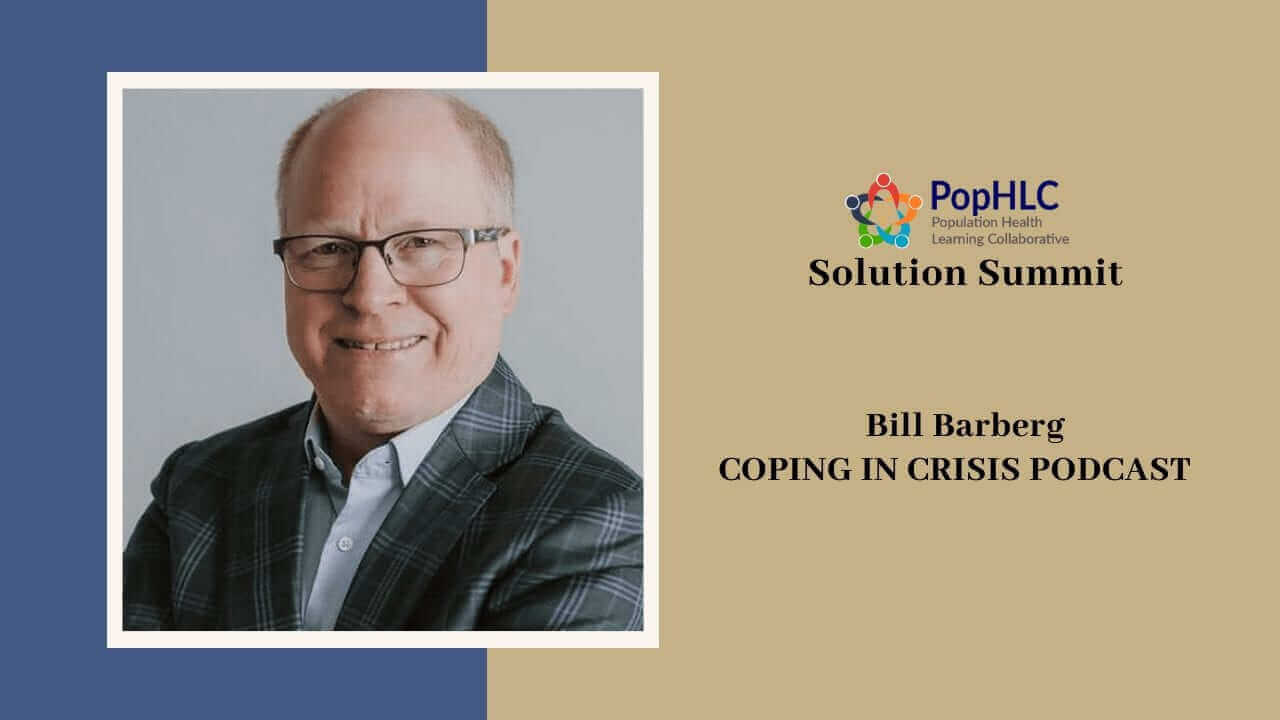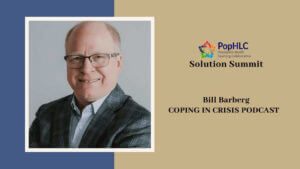
In Part 1 of this blog series, I made the case for a national housing strategy designed to create an economic engine for those excluded from the home ownership programs that enabled white households to build wealth in the last century. In Part 2, as follows, I share some of the elements that should be part of the strategy.
No single program or policy can, by itself, accomplish the goal of wealth building for renters with very limited financial assets-especially for people of color who have faced generations of discrimination and/or exploitation with regard to home ownership.
Expanding Housing Ownership is Key-But Not Simple
A creative combination of policies, programs and coordination among many sectors can give historically disadvantaged people a "hand up" to transition from renting to owning their housing.
- Policies should make it harder for large corporate (often global) investors to buy up homes to turn them into rental properties or hold them as speculative assets, often leaving them empty. California's recently enacted SB 1079 is called "Homes for Homeowners, Not Corporations." It includes a provision that prevents banks from auctioning off bundles of foreclosed properties. Auctioning them off separately makes it possible for a person or persons to buy these bargain-priced houses, not just large corporations.
- Tax reforms should reward individual and small local owners of houses and apartments-not big Real Estate Investment Trusts (REITs). The tax bill passed in 2018 was especially generous for larger REITs, but that could be changed.
- Local Zoning, parking and building codes often have racially biased roots and hinder the type of "gentle densification" that can create vibrant and environmentally friendlier neighborhoods with more options for ownership. A good strategy (and fact-based education) can ease the NIMBY fears of some current homeowners and allow for things like Accessory Dwelling Units (ADUs), turning single-family houses into duplexes and allowing some "missing middle" housing developments like triplexes or fourplexes.
- Local finance practices and programs can make it much more favorable for owner-occupants to add a rentable ADU or live in a duplex where the other unit is rented out. This means that the resident landlord has a strong motivation to maintain the property and be a good neighbor. It can add affordable rental units and build wealth in the neighborhood for those who need the added rental income in order to become homeowners.
- Community Land Trusts can be operated to allow people to purchase a house (or a share in a housing co-op) without needing to pay for the land. The city or a non-profit land trust would issue the homeowner a very long-term, low-cost lease that allows them to get a much lower mortgage. The owner-occupants can build wealth by paying down their mortgage, but the value of the land is not part of the appreciation. This keeps the home affordable for the next person who buys it.
- Support for Limited-Equity Housing Cooperatives can enable people to collectively own their housing even if they couldn't qualify to buy an individual house. There are hundreds of inspiring success stories of the residents of a manufactured housing community (once called "trailer parks") forming cooperatives to buy the land underneath their manufactured homes. In other cases, the tenants of apartment buildings are forming coops to purchase the building they live in. These rarely happen without some government or philanthropic support, but the short-term "hand up" is a very economical way to create long-term self-sufficiency as low-income households build assets and control their housing cost-without requiring ongoing rent subsidies.
- Well-designed home-sharing programs can rapidly open up thousands of housing units at a very modest cost to taxpayers. There are multiple models designed for different scenarios that have very high success rates and benefits to both the homeowners (or apartment renters) and the renters that become "home mates."
- Programs that support low-income renters in acquiring and renovating older homes can be an ideal way to revitalize neighborhoods in ways that build local ownership, neighborhood connections, and housing stability. The assistance needed to help people become homeowners of "fixer-uppers" can be very rewarding-and provide a reasonable financial return on investment for the risk-tolerant, mission-driven financial organizations that provide the funding.
- Shared appreciation models could allow local investors to have an ownership share of single-family houses (typically by paying a large share of the down payment) and be bought out after several years when the owner-occupant refinances or sells the property.
This is only a partial list of possibilities. The Solution Summit for the Housing Crisis has over 70 sessions covering the innovations, strategies, and success stories that should be part of a national housing strategy to uplift those who need it most. The presenters share diverse, practical, and economical approaches to the housing crisis and sustainable housing strategies.
The power of well-designed housing strategy comes from the combined impact of many mutually reinforcing actions that can overcome obstacles and support housing stability, neighborhood vitality and wealth-building for both individuals and communities.
Part 3 of this series will provide more details on the process for implementing this type of multi-faceted strategy at the scale that can revitalize the U.S. economy and reduce the wealth disparities.

